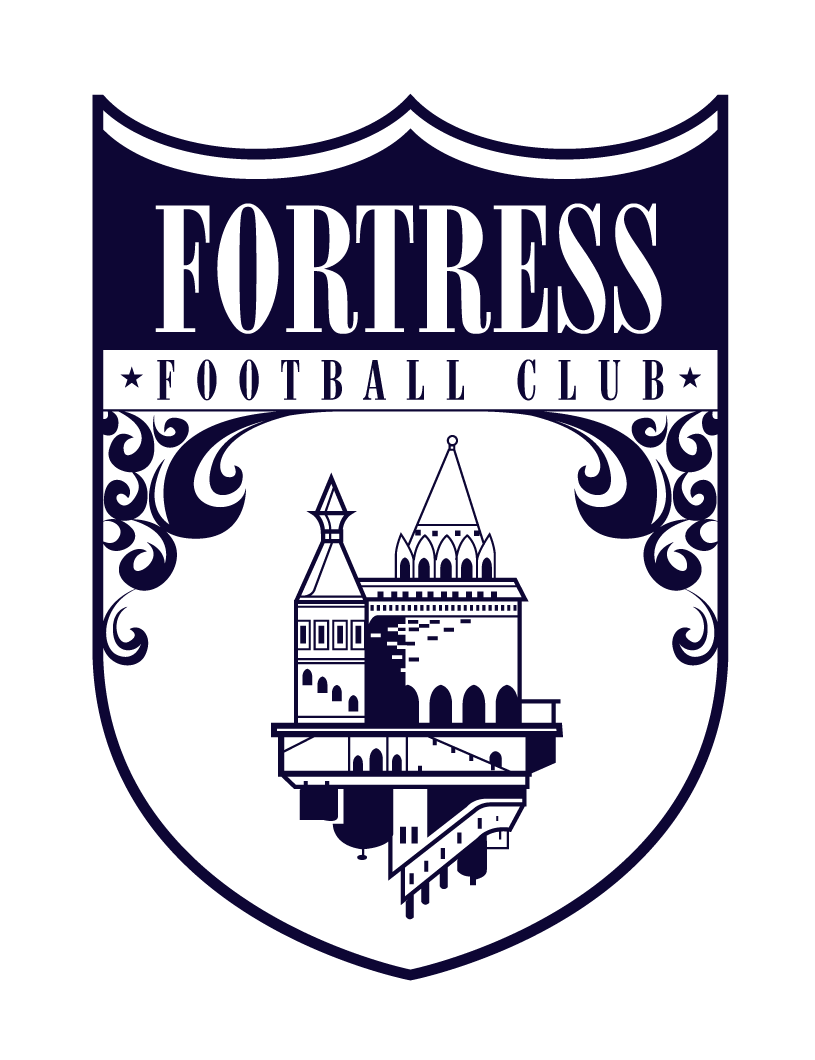Filling the Void
When I began to learn soccer, I was young. Three to be exact. I don’t remember any of it, but I’m sure I was like other kids my age. The ball is the sole focus. Wherever the ball goes, I go.
I’m not sure when I expanded my awareness of the field, when I added the goal, defenders, teammates, position, and space, not to mention tactics and technical ability from my coaches. All of these were gained in steps. Nothing could be predicted as to when these teachings would “click”, just a trust in my coaches that practice over time would eventually lead to it.
The philosophy we teach our players is always layered, meaning we introduce the simple, surface area concepts first (how to kick a ball, how to run properly, where to be when the ball is in a certain position) and continue to go deeper into advanced territories. Simple, yet sometimes hard to execute. Jurgen Klopp, coach of Liverpool, says if the players need to think of what to do while they’re on the field, the system will never work. I’m sure all other coaches would agree.
So in youth soccer, our goal is to help players make tactics, moves, passes, etc. move from unconscious incompetence to unconscious competence. This means each player moves from not knowing about and not knowing how to perform a concep to grasping it so well they automatically respond to the situation brilliantly without thinking about it.
Now, we begin with the Void. Often, when I watch a soccer game and a team is getting dominated, they cannot get the ball out of their half because of three reasons:
1. The other team controls possession of the ball.
2. The team getting dominated cannot fill the void.
3. The team dominating fills the void.
To me, a “Void” circumstance happens when a team fails to create options for their defenders to transition out of. This area is between the defending team’s goal box (18 yards from the goal) to the first edge of the center circle (10 yards from the center line).
This is a total of 32 yards long by 80 yards wide. All of it needs to be covered. However, not at once as players shift zonally depending on where the ball is. Players have responsibilities and work together tactically toseal inopponents in their defensive half.
Take Tottenham below (navy) playing Manchester City (sky blue). I’ve highlighted the Man City defenders to show areas of space being covered, the void being filled.
Now look at the Tottenham players. The ball carrier has an option at right back and depending on how they shift may have the pivota open in the middle of the seal. But this isn’t what happens. Harry Kane, center forward for Tottenham and not in the screen, checks back to the ball. A through ball is played to him and Man City’s center back steals the ball away.
Manchester City and Liverpool both create these situations constantly. A “seal" is created through a high pressing defensive mentality and superior positioning. This seal is performed through each player knowing their role, concentrating on not just the ball like we do when we’re little, but on an unconscious habit built into them through years of practice.
This type of pressure requires constant awareness of teammates, where the ball is, and anticipation of what the opponent is trying to accomplish. You’ll notice Man City and Liverpool constantly a step ahead of their opponents. This is due to great coaching, camaraderie, continual focus, and a willingness to give 100% effort.
Here’s a deeper layer to this. The player at the bottom of the screen above is Bernardo Silva (20). He’s playing right winger (7 position). Tactically, he tucks back and in when the ball switches to the other side of the field. His teammate above him and to the right is Kevin De Bruyne. He plays right attacking midfield (8 or 10).
On a static tactical board, the two would look like they were playing each other’s roles and may even look out of position on other tactical boards. But they’re not. Silva is constant in tucking in and back to help his defender out with two dangerous buildup players, Christian Erickson and Harry Kane. De Bruyne applies pressure to Tottenham’s left center back which prevents Tottenham from switching it to a quick left wingback in Danny Rose. Thus, they’ve thwarted the threat on the left side of the field and created a void for Tottenham in the middle of the field.
This is all rehearsed, all directed from the coaching staff to the players. As a youth club, we continually learn and grow together. Our aim is to emulate and gain knowledge from the ideal, which are the greats that play and coach the game.
This week we practice attacking patterns, losing your man, and a 2-3-3 formation.
Also, individual skills to learn this week (5-10 minutes a day):
Pyramid Juggling- 5 minutes
Figure 8 Dribbling- 2-3 minutes
Pullback Turn- 2-3 minutes
See you tonight.
Michael


